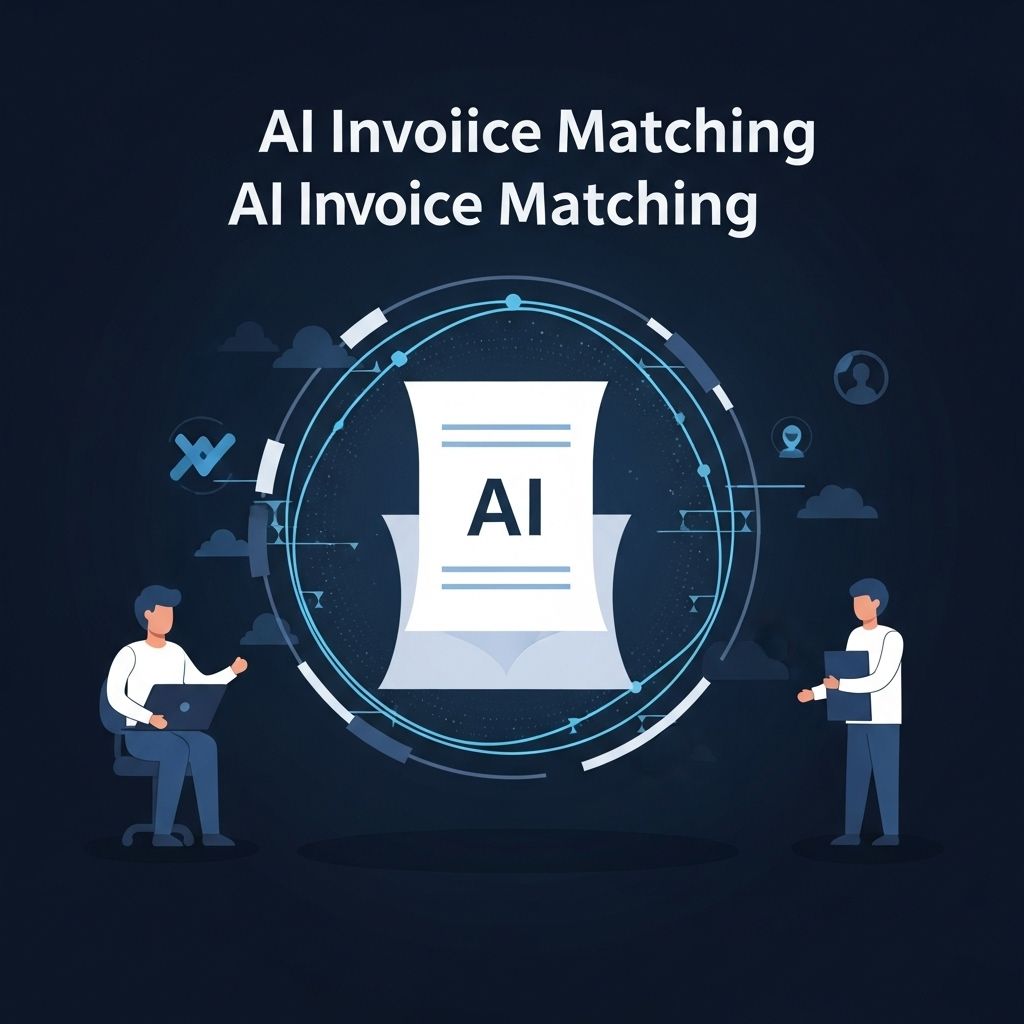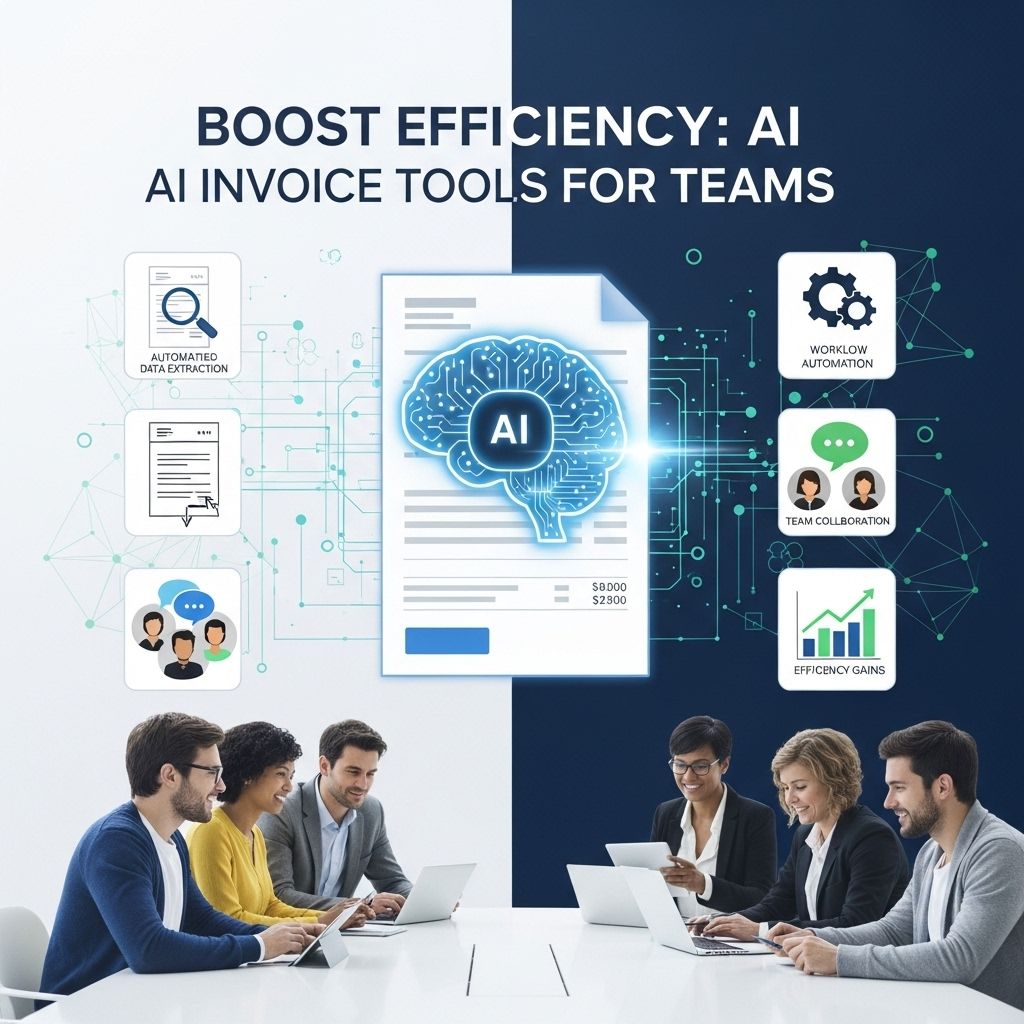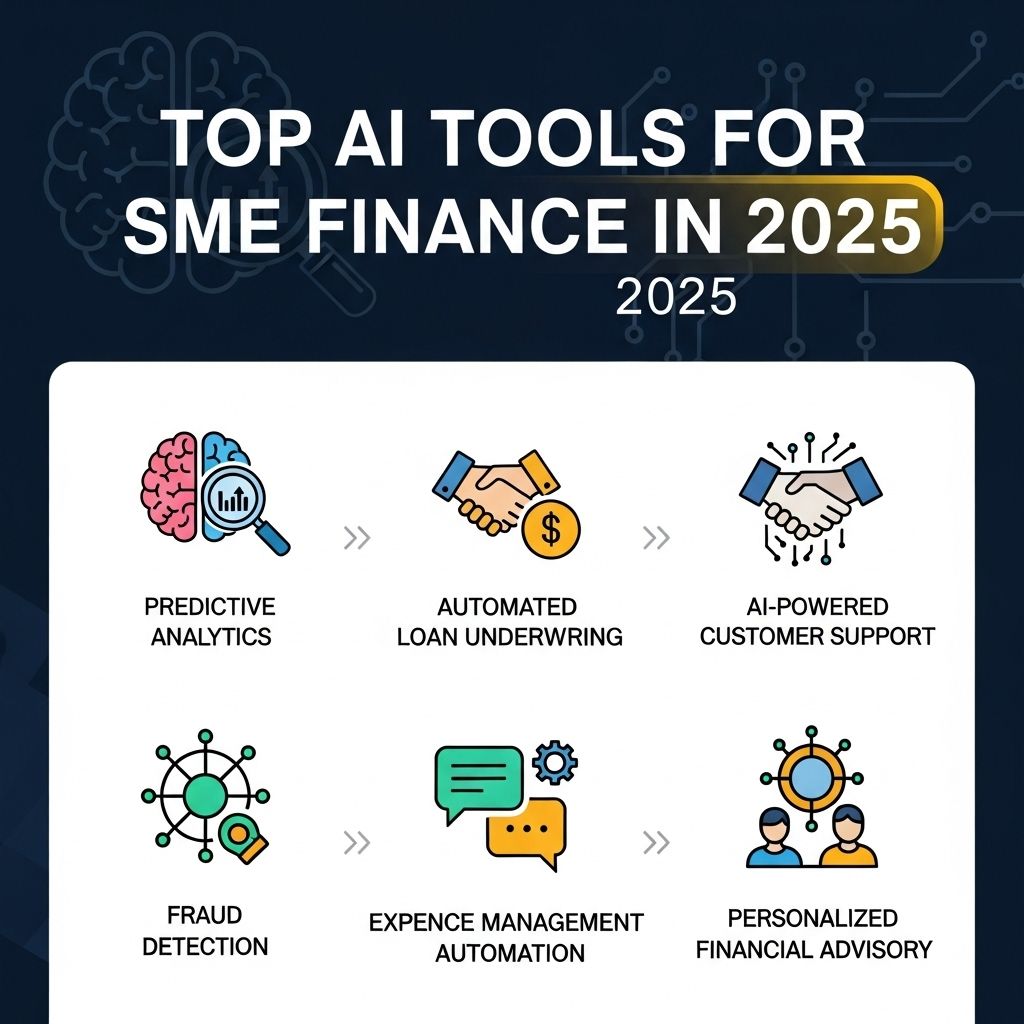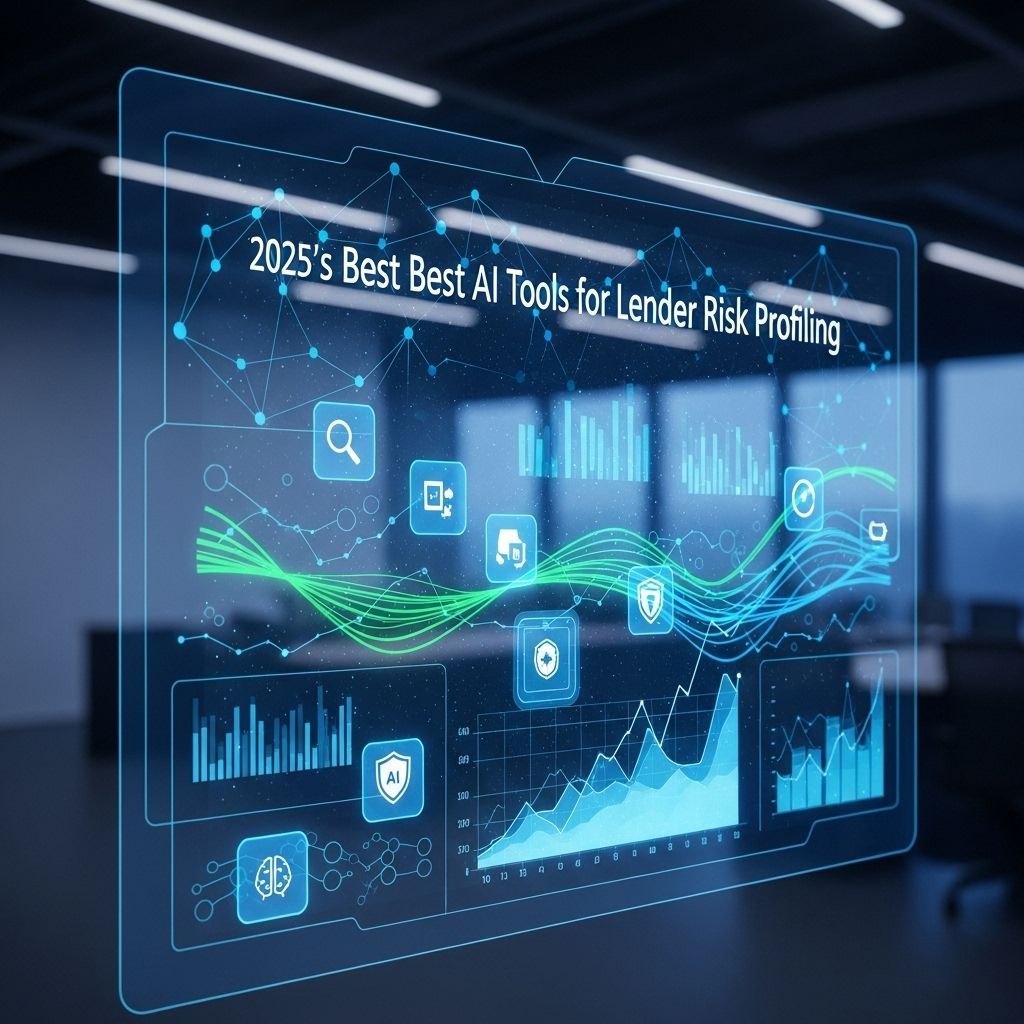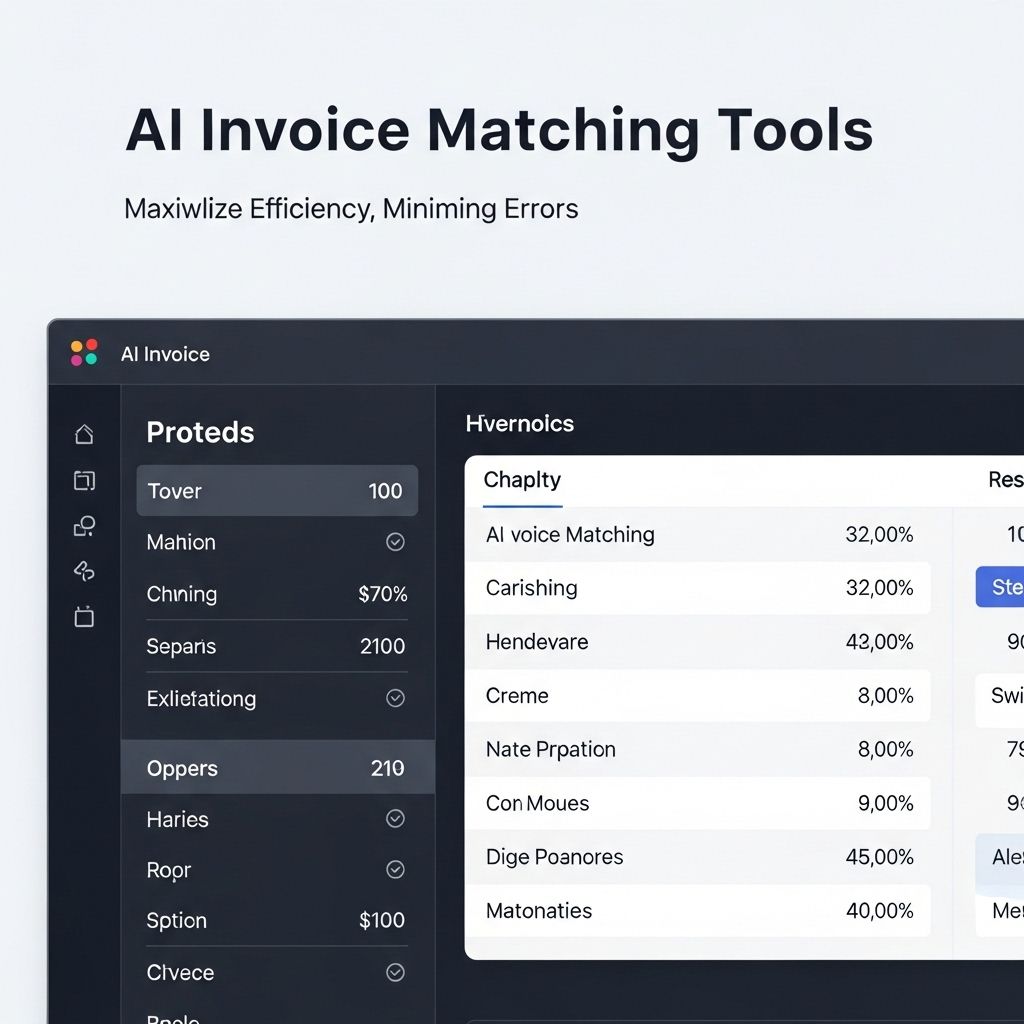Enhance Lending Accuracy with AI Risk Tools
Discover how AI risk tools can significantly improve lending accuracy, reduce defaults, and streamline decision-making in the financial sector.

In today’s rapidly evolving financial landscape, the integration of artificial intelligence (AI) into lending processes has revolutionized how institutions assess risk and make lending decisions. Traditional methods of evaluating creditworthiness often fall short, leading to inaccuracies and missed opportunities. By leveraging AI risk tools, lenders can enhance their accuracy, streamline processes, and ultimately make better-informed decisions that benefit both the lender and the borrower.
Table of Contents
The Role of AI in Lending
AI technologies offer advanced analytics capabilities that can process vast amounts of data quickly and precisely. This not only helps in assessing an applicant’s creditworthiness but also provides deeper insights into borrower behavior and market trends. The key advantages of incorporating AI into lending include:
- Speed: AI can analyze data at an unprecedented pace, allowing lenders to make decisions more quickly than traditional methods would permit.
- Accuracy: Advanced algorithms reduce human error and provide more accurate predictions of borrower behavior.
- Scalability: AI systems can handle a growing number of applications without sacrificing performance or accuracy.
- Insights: Machine learning models can uncover patterns and insights that may not be immediately apparent through traditional analysis.
Understanding AI Risk Assessment Tools
AI risk assessment tools combine machine learning, big data, and predictive analytics to evaluate risk factors associated with lending. These tools consider a variety of data points that go beyond traditional credit scores, resulting in a more comprehensive assessment. Key features of AI risk assessment tools include:
1. Data Enrichment
AI tools can access and utilize various data sources, including:
- Credit history and scores
- Social media behavior
- Bank transaction data
- Employment history
- Alternative data such as utility payments and rental history
2. Predictive Analytics
These tools utilize historical data to forecast future behavior. For instance:
| Behavioral Indicator | Prediction Model |
|---|---|
| Payment History | Predicts likelihood of future defaults |
| Credit Utilization | Assesses future borrowing limits |
| Income Stability | Analyzes likelihood of repayment based on job security |
Improving Lending Accuracy
To enhance lending accuracy, financial institutions can implement the following strategies using AI risk tools:
1. Personalizing Loan Offers
Using insights from AI tools, lenders can tailor loan products to specific borrower profiles. This might include:
- Offering competitive rates based on risk profiles
- Customizing repayment options
- Providing additional education resources to help borrowers understand their options
2. Continuous Learning
AI systems can evolve through continuous learning. By regularly updating models with new data, they can adapt to changing market conditions and borrower behaviors, ensuring lenders stay ahead of trends.
3. Real-time Monitoring
AI risk tools allow for real-time monitoring of borrower activities. This capability helps to identify potential risks before they materialize, empowering lenders to take proactive measures.
Challenges and Considerations
While AI risk tools offer significant advantages, there are also challenges to consider:
- Data Privacy: Ensuring compliance with data protection regulations is critical. Lenders must balance risk assessment with borrower privacy.
- Bias in AI: Historical data can sometimes reflect biases, leading to unfair lending practices. It’s essential to regularly audit AI models for bias and fairness.
- Dependence on Technology: Excessive reliance on AI tools can lead to neglecting the human element in lending, which is crucial for building relationships with borrowers.
Case Studies of Successful AI Implementation
Numerous financial institutions have successfully integrated AI risk tools into their lending processes:
1. Company A
Company A implemented an AI-driven risk assessment tool that improved its lending decision process by:
- Reducing loan approval time by 50%
- Decreasing default rates by 20%
- Enhancing customer satisfaction through personalized communication
2. Company B
Company B used AI to analyze non-traditional data points, allowing them to approve loans for underbanked individuals who were previously overlooked. This led to:
- A 30% increase in loan applications from previously unqualified borrowers
- Strengthened community engagement and financial inclusion
The Future of AI in Lending
As technology continues to advance, the future of AI in lending looks promising. Emerging trends include:
- Enhanced Natural Language Processing (NLP): Enabling more sophisticated customer interactions.
- Blockchain Integration: For secure and transparent transactions.
- Greater Focus on Ethical AI: Ensuring responsible use of AI tools.
Conclusion
Incorporating AI risk tools into lending processes represents a significant leap forward in accuracy, efficiency, and borrower satisfaction. By embracing these technologies, financial institutions can not only improve their bottom line but also foster a more inclusive and responsible lending environment. The journey towards AI-enhanced lending is just beginning, and it promises to redefine the financial landscape in the years to come.
FAQ
How can AI risk tools improve lending accuracy?
AI risk tools enhance lending accuracy by analyzing vast amounts of data to identify potential risks and borrower behaviors, allowing lenders to make more informed decisions.
What types of data do AI risk tools analyze for lending?
AI risk tools analyze a variety of data, including credit scores, transaction history, social media activity, and alternative data sources to evaluate borrower risk.
Are AI risk tools compliant with lending regulations?
Yes, reputable AI risk tools are designed to comply with lending regulations by ensuring transparency in their algorithms and maintaining data privacy.
How quickly can AI risk tools assess a borrower’s creditworthiness?
AI risk tools can assess a borrower’s creditworthiness in real-time, significantly speeding up the lending process compared to traditional methods.
What are the benefits of using AI risk tools for lenders?
The benefits of using AI risk tools for lenders include improved accuracy in risk assessment, reduced default rates, enhanced customer experience, and faster loan processing times.
Can small lenders benefit from AI risk tools?
Absolutely! Small lenders can leverage AI risk tools to level the playing field, allowing them to compete with larger institutions through improved risk assessment and efficiency.

